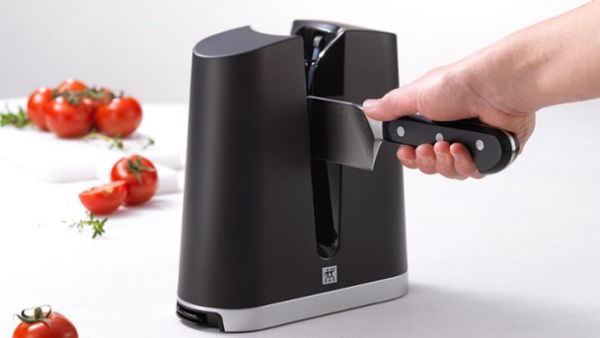Language
WORLDWIDE SHIPPING
Zwilling V-Edge Knife Sharpener: professional sharpening at home
was
€69.00
Special Price
€55.00
€45.08
Availability:
Out of stock
The ZWILLING V-Edge Knife-sharpener can quickly, simply and effortlessly sharpen Standard and Japanese knives to a level of quality and sharpness that is comparable only to professional sharpening with a whetstone.
The V-Edge combines the advantages of conventional pull-through knife sharpeners and whetstones to be simple to use and to deliver quick, excellent results. With its carefully arranged ceramic sharpening stones, you can evenly sharpen the entire length of the blade without risk of damaging it.
Please note, Knives with a serrated edge may not be sharpened with the V-Edge.
Components:
- Sharpener
- Angle adapter A for European blades
- Angle adapter B for Japanese blades
- Blue ceramic sharpening rod for coarse use
- Green ceramic sharpening rod for fine use
What's so special?
Blade types: for Standard and Japanese blade types (excluding serrated)
Result: V-Edge enables the sharpness of your knife to be comparable to professional sharpening with a whetstone
Handling: easy to use, simply pull through
Exact angle: Keeps an exact angle across the cutting edge of the knife
Longevity: sharpening rods last a long time as all 4 sides are useable
HOW DOES V-EDGE WORK?
The cutting performance of knives will diminish after extended use, therefore blades requires sharpening. The V-Edge removes dull material from the knife with two different angle adapters.
If your knife is blunt a coarse sharpener will work to sharpen the blade, and if the knife is dull there is also a finer sharpener to hone the blade edge.
The V-Edge allows you to sharpen knives with various levels of dullness as the finer the sharpener is, the lower the amount of material removed from the knife edge.
STEP 1
Place the V-Edge on a flat, non-slip surface.
STEP 2
Select the sharpener and angle adapter.
STEP 3
Hold the V-Edge with one hand and the knife with the other.
STEP 4
Hold the knife horizontally and pull it downwards towards you at a 45° angle.
STEP 5
Repeat step 4 several times (depending on the initial condition of the knife and the sharpener in use).
STEP 6
If desired, switch to a finer sharpener for even better results or switch to a coarser sharpener when more material requires removing.
IMPORTANT
Knives with a serrated edge must not be sharpened with the V-Edge.
FAQs

 IT
IT FR
FR
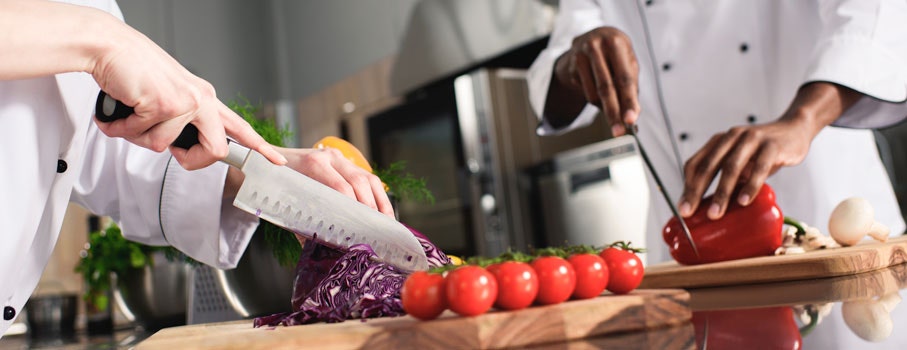
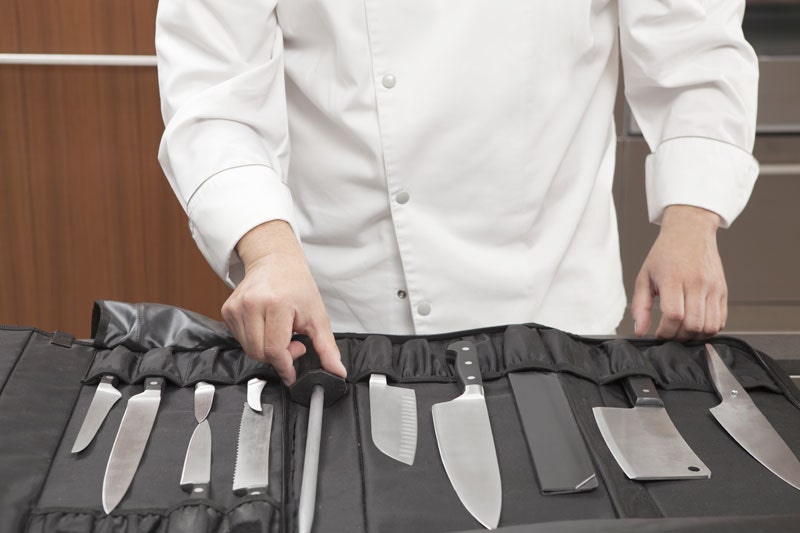
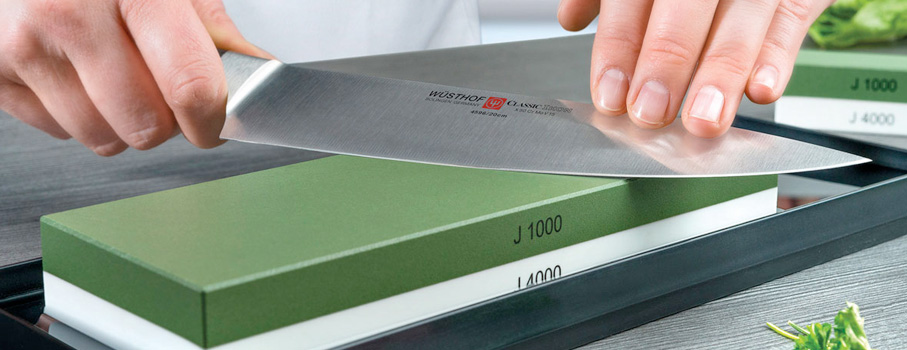
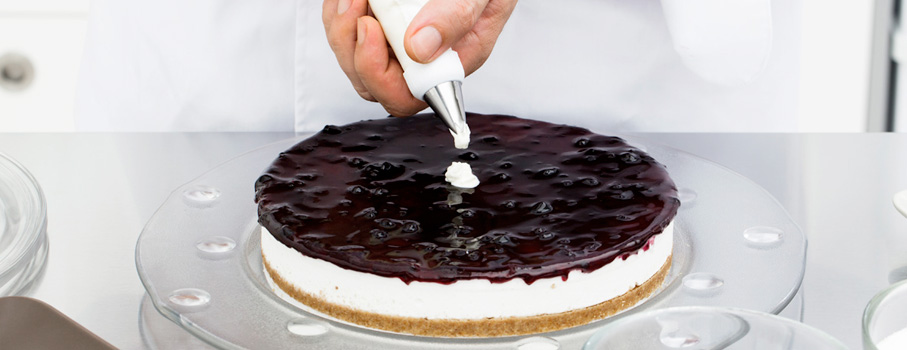

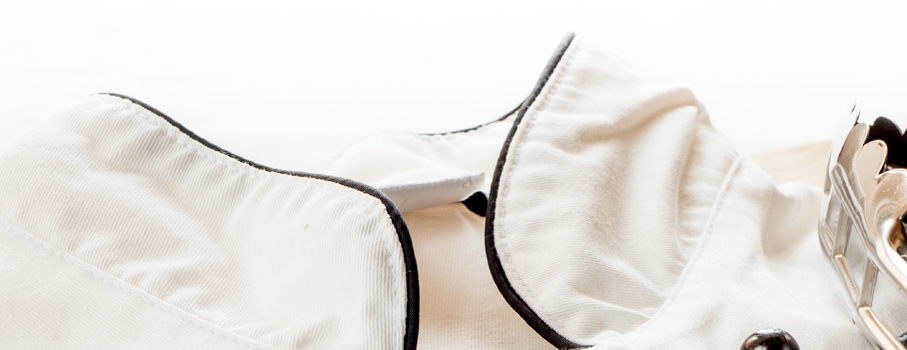
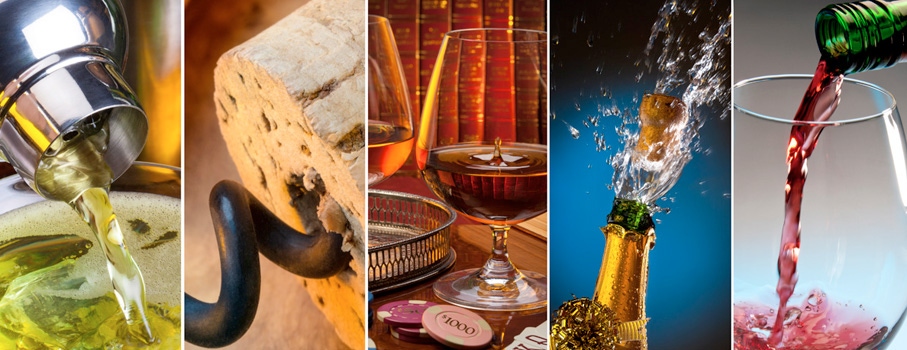
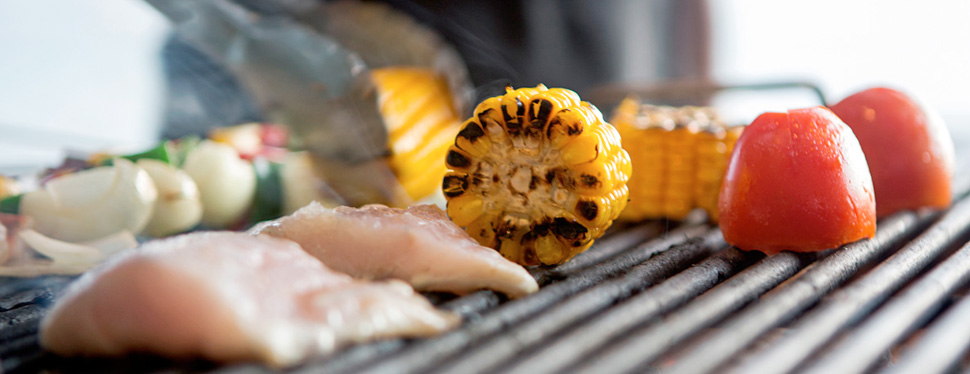

 IT
IT FR
FR
